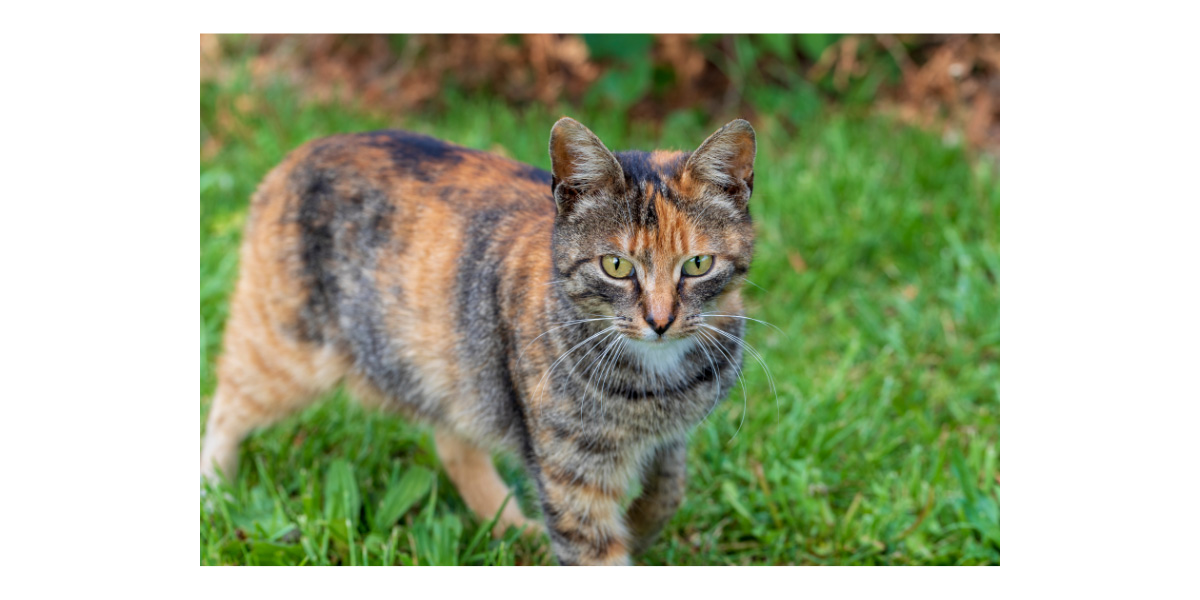
SAVE AN EXTRA $5 - $20 OFFUse code PETS in cart (Exclusions apply)

Save 40% with first AutoShipUse code NEW40 (Up to $40 max. Exclusions apply)

While efforts are made to answer all questions as quickly as possible, if an immediate answer is required or if your pet is in need of urgent or emergency care, contact your pet's veterinarian immediately.

You will receive an answer from Dr. Lindsay and our vet/tech team as soon as possible, usually the same day.
All answers are provided for informational or educational purposes only, and are intended to be a supplement to, and not a substitute for, the expertise and professional judgment of your pet's veterinarian.
It may be necessary to consult your pet's veterinarian regarding the applicability of any opinions or recommendations with respect to your pet's symptoms or medical condition.
Close
An error has occurred, please reload the page and try again.
Close
While efforts are made to answer all questions as quickly as possible, if an immediate answer is required or if your pet is in need of urgent or emergency care, contact your pet's veterinarian immediately.
There is no answer related to your question

Keeping your cat indoors is one of the best choices you can ever make for them. They’re safe from getting hit by a car, getting into a fight, ingesting toxins, and many other dangers of the outdoors.
Though they can live up to 4 times longer than their roaming counterparts, many indoor cats do not get enough exercise, and they lose out on enjoying the sights, sounds, and smells of the world around them. You can give your indoor cat the best of both worlds by cat-proofing your yard.
Don’t Let Fleas And Ticks Bite
Flea and tick prevention is recommended even for indoor-only cats because pests can get inside your home by hitching a ride on your clothes or, if you have them, other pets. If you have not already, you’ll need to start your cat on flea and tick prevention and a heartworm preventative to ensure they won’t get bitten on their journeys. Even on short outings, your cat could pick up a flea, and that’s all it takes to start an infestation in your home - which is much harder to get rid of than prevent.
Never use dog flea, tick, and heartworm meds on your cat. Those made for dogs contain a pesticide that is highly toxic to cats.
Eliminate concentrated populations of fleas, ticks, and mosquitoes in your yard by getting rid of standing water, leaf litter, and tall grass. You can also use a proximeter treatment.
Put Up A Cat-Proof Fence
You can keep your cat from escaping your yard by putting up a fence or adding cat-proof additions to an existing barrier. Most cats can jump up to five feet, and they can climb up many types of fencing materials including chain links, chicken wire, and some wood fences. Don’t forget that cats can climb trees, so they can get to the other side of the fence that way.
A cat-proof fence will need to be at least six feet tall. It needs to be difficult or impossible for your cat to climb, and it should not have any gaps on the bottom or between slats that your cat could squeeze through. Cats can get through spaces that are just slightly wider than their faces, as they do not have a rigid collarbone to get in the way.
There are attachments you can install at the top of the fence to prevent your cat from climbing over. A rolling rod sometimes called a “coyote roller” is highly effective at keeping animals from getting a foothold once they reach the top. Fences that bend inwards, too, can keep cats from going over.
Set Up A Catio
Installing or modifying a fence can be a lot of work, and it might not be a viable option for your outdoor living space. Alternatively, you can create a cat-safe patio, or a “catio” for your cat to safely explore.
A catio can be as complex as a custom-built attachment to your house that your cat can walk through. Or, it can be as simple as a large cage that you set up outside. A KittyWalk Enclosure is easy to set up on any flat surface and even has a built-in hammock and awning.
Give Your Indoor Cat A New “Leash” On Life
If you can’t make modifications to your outdoor living space, you can simply put your cat in a leash and harness. Leash walking can be a great source of enrichment and exercise for the right cat.
Your cat’s harness should be specially designed for felines to minimize the chances that they’ll be able to wriggle out of it. You can use any leash, but cat leashes are usually best because they’re stretchy, so your cat will get some leeway if they decide to dart.
Every cat is different. Some cats, especially those introduced to leash walking as kittens, take to it with little training, while others will need weeks of practice indoors just to learn to tolerate wearing their gear.
 Swipe
Swipe